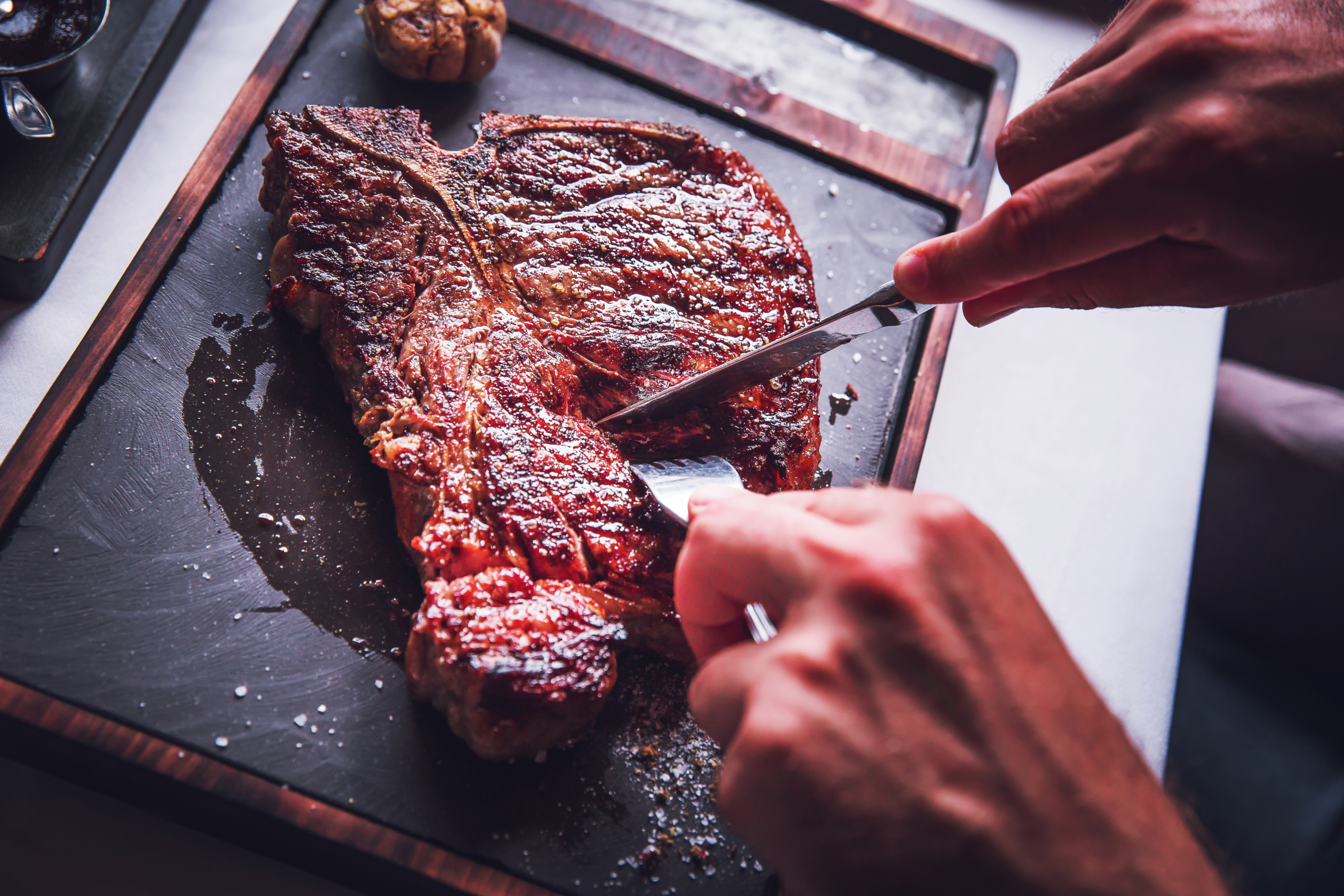Webinar discusses innovations in animal agriculture, prep for future
Original article from High Plains Journal.

It’s not always as simple as growing a crop or raising a steer to feed people.
Agriculture in the United States is constantly being analyzed and under the microscope as farmers and ranchers try to meet sustainability and environmental, social, and governance goals.
According to the Animal Agriculture Alliance, tech and innovation will be critical for animal ag to rise to the challenge. Of the nearly $20 billion in venture capital that was invested in Agri-Food Tech startups in 2019, only part of went to animal ag. AAA hosted a webinar recently discussing what’s coming next for the livestock sector.
During the webinar, experts JJ Jones and Amy te Plate-Church explained some possible solutions to these challenges, as well as how they can be funded and accepted by consumers. Jones is the executive director of the National Institute for Animal Agriculture, and te Plate-Church is an engagement specialist at The Center for Food Integrity.
By 2019 many in livestock and food circles started seeing the significant advancement in the investment in the food and ag tech segments—$19.8 billion went into the value chain. Those dollars, however, were only those publicly discussed.
“So there may have been private investments that that happened that were not issued in a press release or did not flow through a channel where we could find that information,” Jones said. “But that’s a fairly large and significant investment that’s taking place.”
Jones feels animal ag and the food system goals are being set by various organizations and groups when it comes to various aspects of the food system.
He has looked at topics like greater productivity and how to ensure protein supplies are available to friends, family, and neighbors across the country and around the globe.
“We’ve looked at goals around preserving lifestyles, how do we ensure that the next generation of family members or business owners can take over our sector of animal agriculture and really then in terms of certain proteins, species specific for example, our goal has been how do we compete with other species protein,” Jones said.
When it comes to the venture capital numbers, in 2019 there was a significant increase in investment by venture capitalists in food and agritech areas. Jones said when those groups are looking where to invest, there’s six primary factors they look for. Those factors include: character, capacity, creativity, community, sustainability, and financial outlook.
“I think that’s also important for us and food and agriculture, no matter where we are at in supply chain or the value chain, to think about how do we help entrepreneurs and innovators identify where we need creative solutions,” he said. “So is this innovation or technology good for the community?”
Investors are looking for sustainable or long-term plays. It can’t just be a flash in the pan type activity or innovation, Jones said, it has to be one that has long-term viability.
“So that they can find their return on investment because obviously, that’s what venture capital is going for,” he said. “And then in the same terms, what is the financial outlook is the growth rate there for this innovation or this technology.”
Jones said the numbers he shared demonstrate that venture capitalists and others in the tech and innovation space are very interested in food and ag tech. Looking deeper at the $19.8 billion investment across the supply chain in 2019, Jones began to dissect how much was going into technologies at the farm and ranch level on through the consumer products. He also wanted to dissect the $7.6 billion and how much was going towards crop versus animal agriculture.



